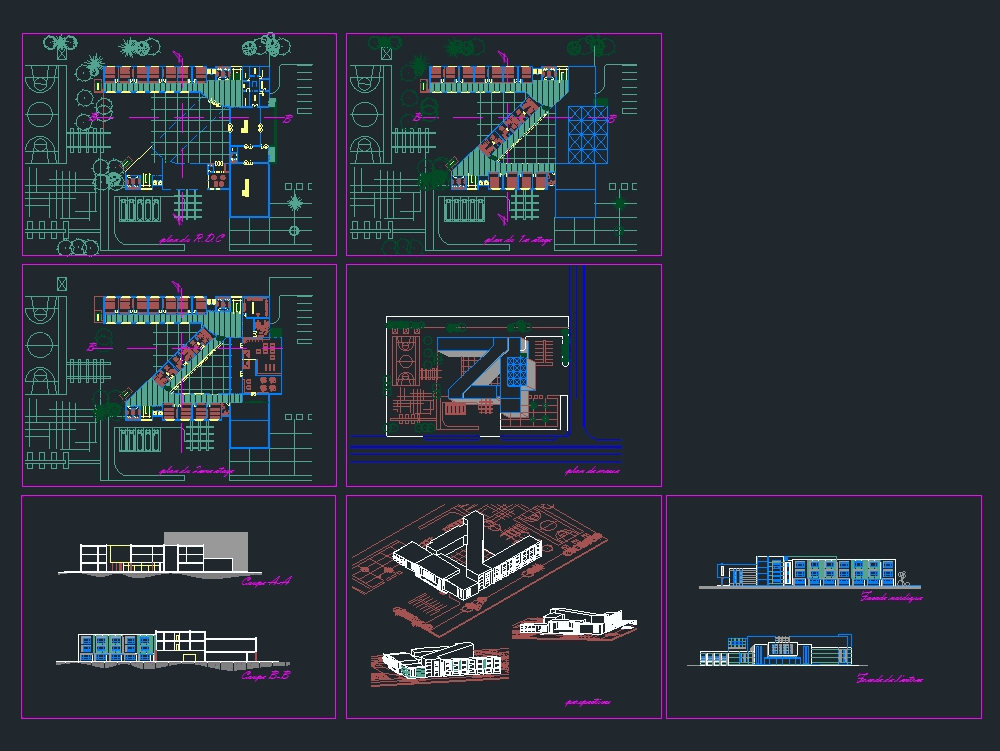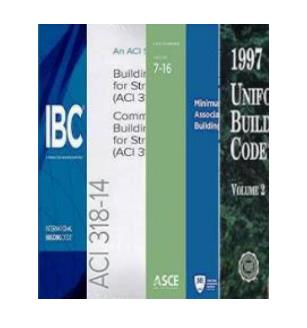

The NBC has guidelines for the entry, as well as exit points in buildings.
STRUCTURAL BUILDING CODES PLUS
Plus 0.3 metres for every additional 33,000 V or part thereof. High voltage lines above 11,000 volts and up to and including 33,000 voltsĮxtra high voltage lines additional 33,000 volts High voltage lines up to and including 11,000 volts Low and medium voltage lines and service lines

The area of the loft should be restricted to 25% of the covered area.Apart from shops, lofts are permitted in residential buildings only.In the absence of a sewage outlet, a septic tank must be provided.If there is a toilet on the terrace with a height of 2.2 metres, it should be counted in the Floor Area Ratio (FAR).These rooms must be provided with flush cisterns. A room provided with a water closet is to be used as a toilet only.The floor covering should be impervious too but sloping towards the drain and not towards any other room or balcony space.Bathrooms should be enclosed by partitions/walls, provided with an impervious surface with a height prescribed as not less than one metre.The seat should be made of non-absorbent material.Watertight floors can be an exception to this rule. A bathroom must always be over another bathroom or washing place or the terrace space and not over another room.Minimum ventilation or window space should be provided measuring up to 0.37 sq metres. One of the walls should have an opening to the open air.No chutes to be used in buildings above 15 metres.The kitchen should not open into a shaft.The kitchen must open into an interior or exterior open space and should not be less than one sq metre.The kitchen must be provided with an impermeable floor.Every kitchen must have provision for washing utensils, with proper connection to drainage.Residential buildings are classified into the following categories:
STRUCTURAL BUILDING CODES CODE
What are the types of residential buildings?Īs per the National Building Code of India, residential buildings include any building that is equipped with sleeping accommodation for normal residential purposes, with or without cooking and dining facilities. The NBC defines residential buildings as constructions ‘in which sleeping accommodation is provided for normal residential purposes, with or without cooking or dining or both facilities, except any building classified under Group C’. What are residential buildings as per NBC? These standardised codes were first published in 1970 and revised later in 1983. In this article, we are going to talk about the NBC guidelines for residential buildings. It is important to follow these guidelines that are meant to protect the overall health of the construction and ensure the health and safety of the public and the residents. The National Building Code (NBC) is a document that provides guidelines for construction of structures – residential, mercantile, institutional, educational, commercial, assembly, storage spaces or even hazardous buildings. Guidelines on open areas in residential structures.Guidelines for stairways in residential structures.Guidelines for staircases in residential buildings.Capacity of exits in different types of buildings.What are the types of residential buildings?.What are residential buildings as per NBC?.


 0 kommentar(er)
0 kommentar(er)
